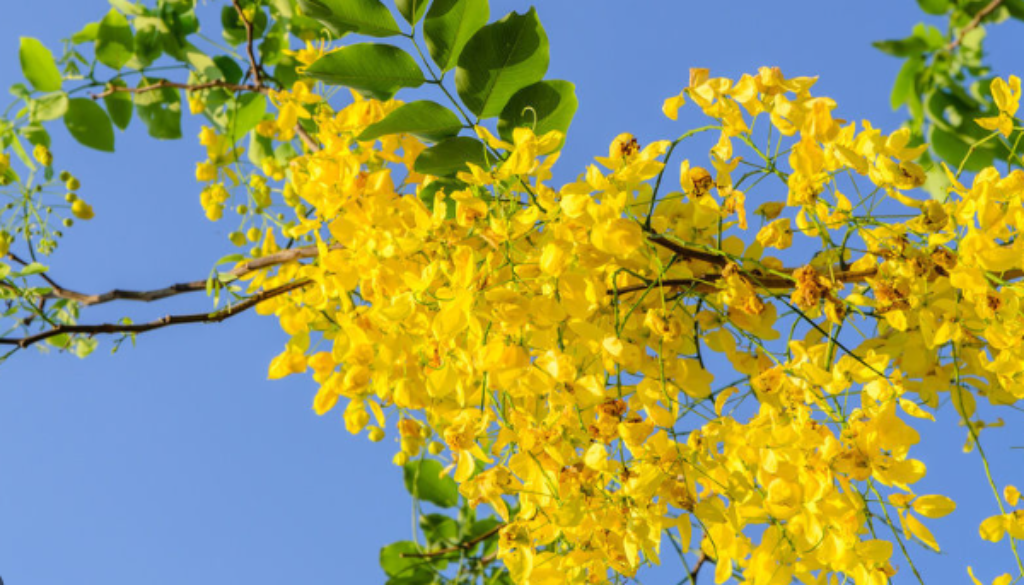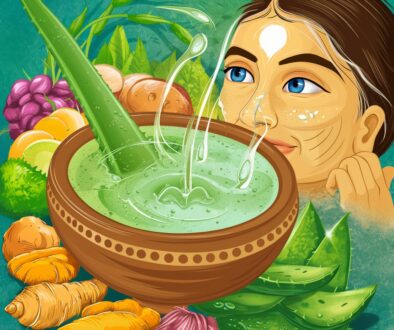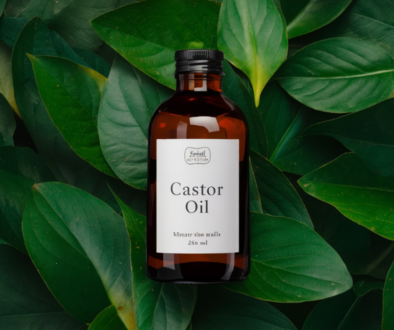Amaltas
It occurs throughout but common in forest area or as avenue plantation along the roads. Small to medium sized tree with large dark green, shining leaflets. Bright yellow flowers are in large axillary racemes. Fruit cylindrical pod 50-60cem long and dark brown in colour. Seeds are small flat, black shiny and embedded in sweetish black pulp. Flowering and fruiting from April to February.
Part used: Whole plant
Usage: The bark is antidysentery tonic and eaten raw to treat stomach ache. It is also used in skin diseases such as eczema, leucoderma and arthritis. Leaves are useful in rheumatism and facial paralysis. Juice or paste of leaves is also used in ringworm and inflammation of the hands or feet caused by exposure to cold. Fruit pulp is well known safe purgative. The pulp is effective in loss of sense of taste (Aguesia) due to excessive use of opium. A decoction of the pods is also used for pneumonia and common fever. The powdered seeds are a cure for intestinal amoebiasis. Root is useful in common colds. Inhaling smoke from the roots encourages nasal discharge. Root and bark are also useful in reducing fever.
Agrotechniques : It can be raised by direct sowing, planting out saplings or stump planting. The nursery raised
saplings 15-30 cm tall are planted in pits 30 cm at the start of monsoon rains. These are spaced at 5×5 m. One light irrigation is required after transplantation of plant. After that one or two irrigations are required up to flowering. Weeding required regularly. Mature pods collected directly from the plant and dried in shade.




